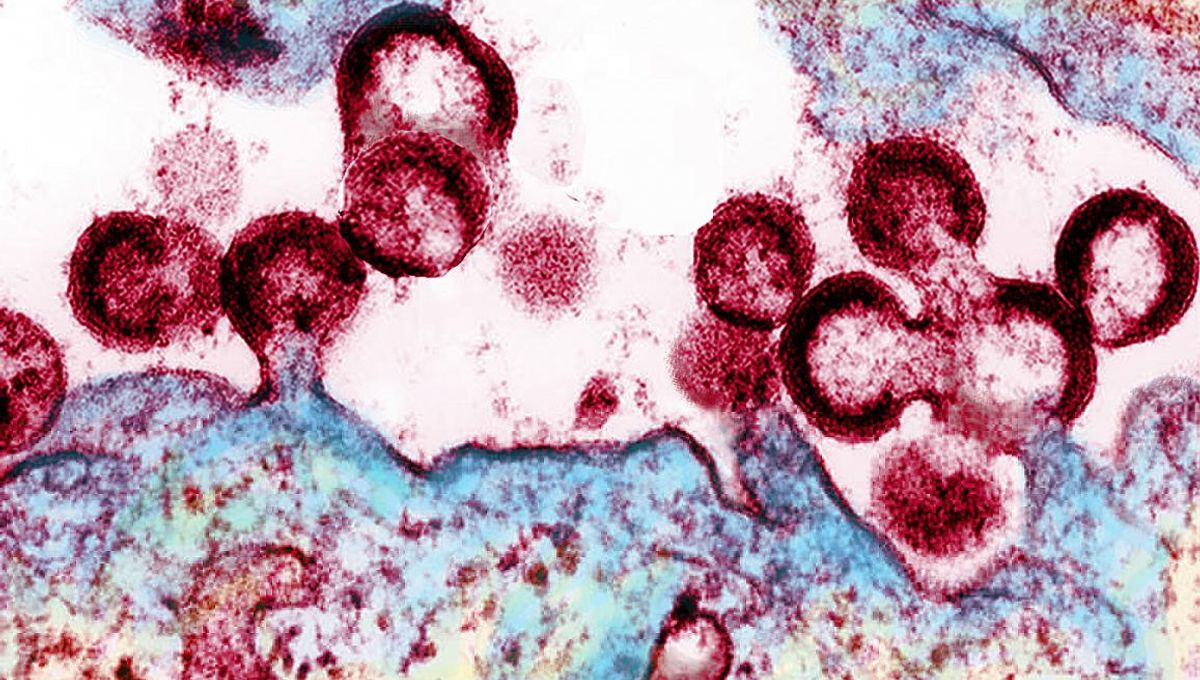
A new study has proven something scientists had suspected for a long time: the human immunodeficiency virus (HIV) is capable of lying dormant within the brain. Cells called microglia, which form part of the brain’s own specialized immune system, act as a persistent reservoir for the virus – but now that we know it’s there, it opens up the possibility of trying to eradicate it.
As a retrovirus, the normal life cycle of HIV requires it to make a copy of its genetic material and insert it into human host cells. Usually, it infects a specific subset of white blood cells, a key part of the immune system. The gradual loss of these cells as they succumb to the virus is why HIV causes a decrease in immune function and, if left untreated, acquired immunodeficiency syndrome (AIDS).
But sometimes, HIV-infected cells go down a slightly different path, towards what’s known as latency. These cells become dormant, or inactive, and can stay that way for many years.
While the current treatments can allow HIV-positive people to reach an “undetectable” status, meaning that the infection is under control and they can no longer pass the virus to others, there’s nothing it can do for these dormant cells. Should treatment ever be stopped, the latent infection can rebound, causing a recurrence of active disease.
A study has now demonstrated that, as well as sitting dormant in a small number of infected blood cells, HIV also has another place to hide – inside the brain.
“We now know that microglial cells serve as a persistent brain reservoir,” said first author Dr Yuyang Tang, assistant professor at the University of North Carolina at Chapel Hill (UNC), in a statement. “This had been suspected in the past, but proof in humans was lacking.”
Analyzing human brain tissue is difficult at the best of times, but in patients taking medication to manage their HIV, it would be particularly dangerous to attempt to obtain samples. The breakthrough came as a result of a very special research program called The Last Gift.
“The samples are from people living with HIV, who are on therapy but facing a fatal disease of some kind,” explained co-author Dr David Margolis, director of the UNC HIV Cure Center. “They were willing to not just donate their bodies to science, but also participate in the research program in the months leading up to their death. It’s an extraordinary program that made this critical research possible.”
As well as being able to study the vital donated brain tissue samples, the researchers also performed some experiments on brain cells from macaques infected with simian immunodeficiency virus (SIV), a close relative of HIV.
The team was able to detect HIV DNA in microglia extracted from the brain tissue samples, indicating that the virus is able to sit in these cells in a latent state. The next thing they’re hoping to find out is exactly how big this newly discovered virus reservoir is, and also how the virus is able to get away with hiding in the brain for so long. The mechanisms at work seem to be different than those that allow HIV to become dormant in white blood cells.
Senior author Dr Guochun Jiang said, “HIV is very smart. Over time, it has evolved to have epigenetic control of its expression, silencing the virus to hide in the brain from immune clearance. We are starting to unravel the unique mechanism that allows latency of HIV in brain microglia.”
With greater understanding of this discovery comes the possibility of finding a way to eradicate latent HIV. If we can do that, we might be able to offer a true cure for the infection, but this remains a very challenging task.
As Margolis highlighted, “The problem with trying to eradicate HIV is like trying to eradicate cancer. You want to be able to get it all, so it won’t come back.”
The study is published in The Journal of Clinical Investigation.
Source Link: HIV Discovered Lying Dormant In The Human Brain’s Immune Cells